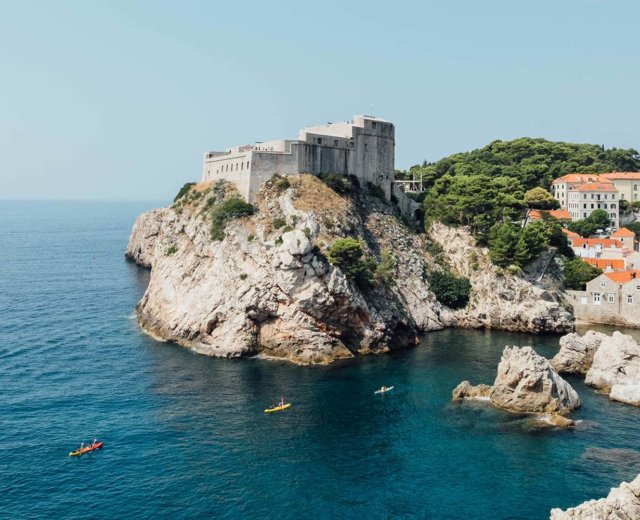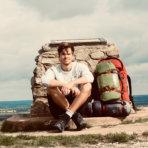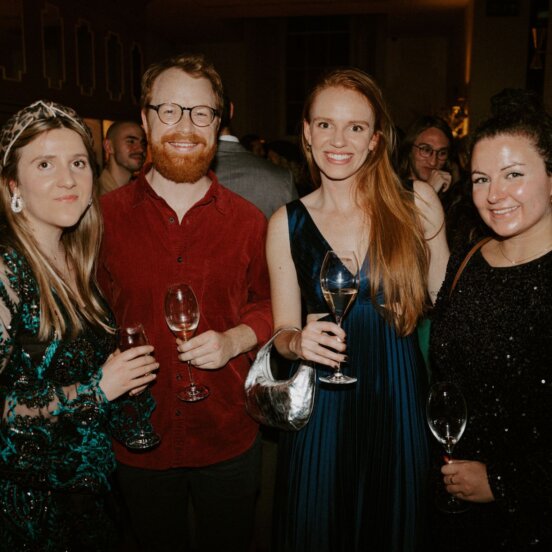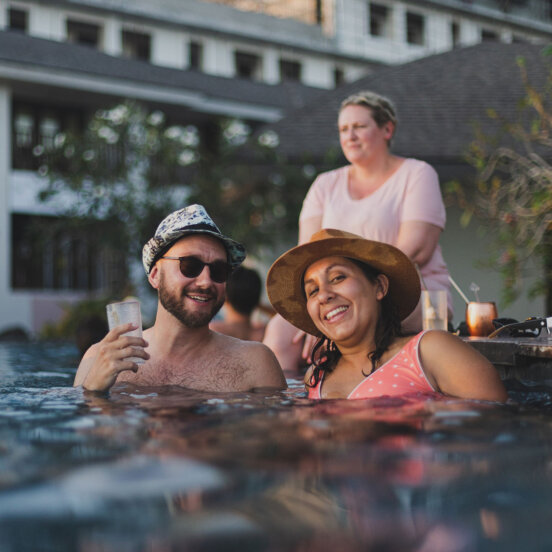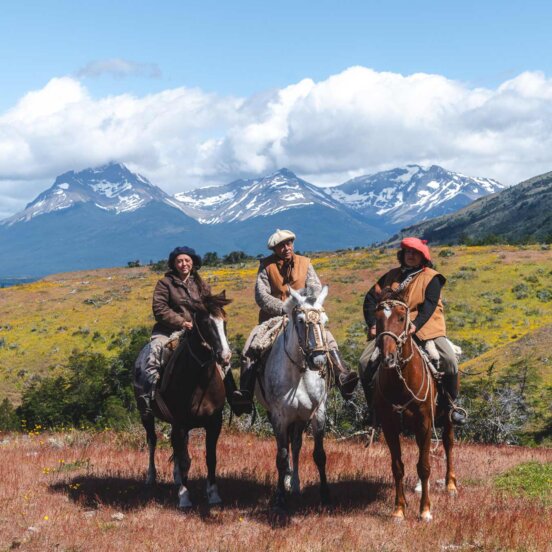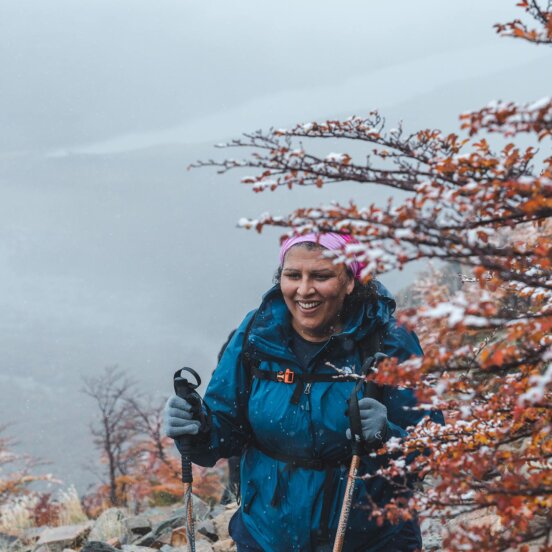Ditch the walking sticks: how hiking got cool with a young, diverse crowd
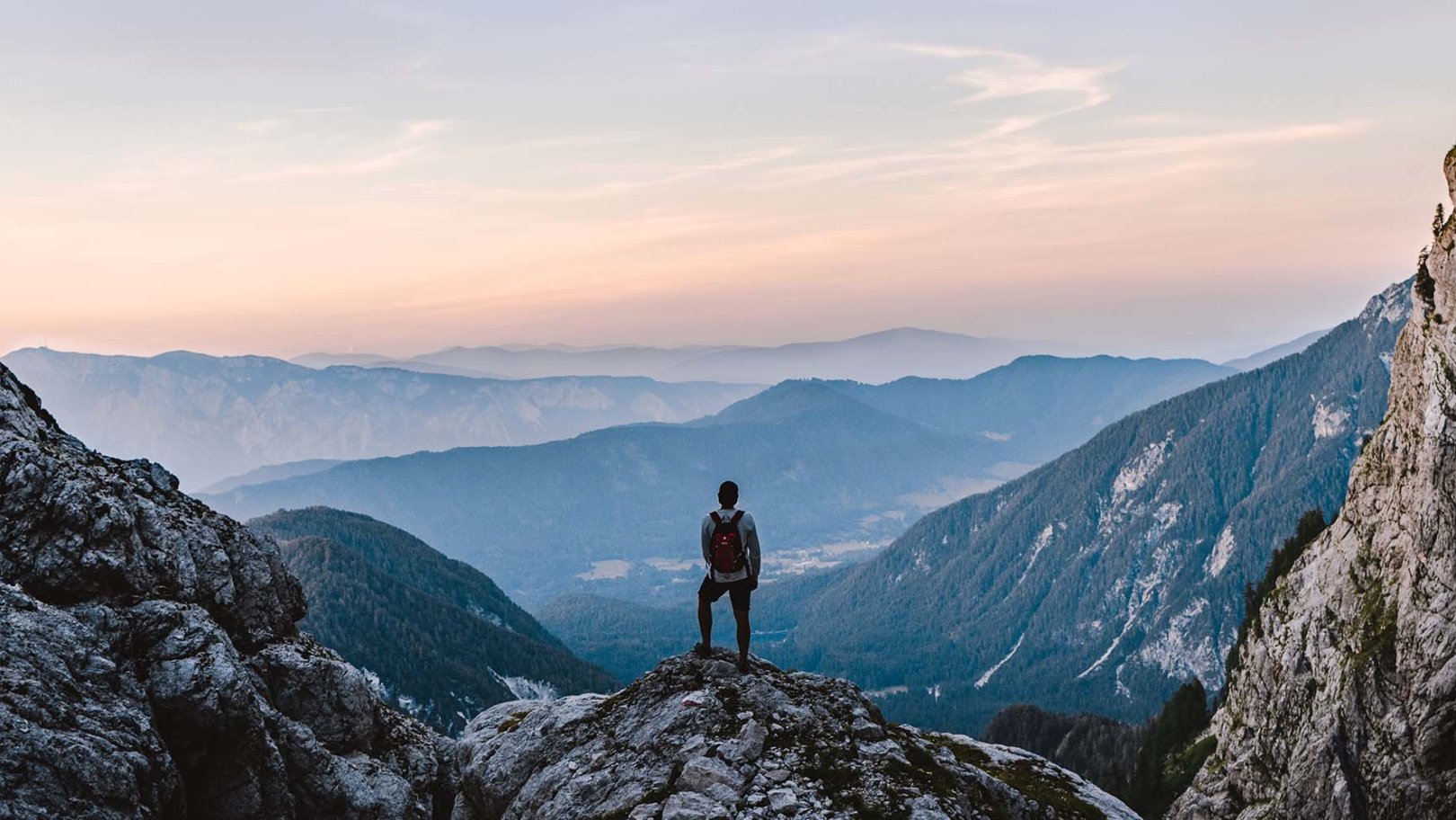
“Walking is a virtue; tourism is a deadly sin.” So wrote the great travel writer, Bruce Chatwin, author of In Patagonia, who ascribed to the fundamental human mode of putting one foot in front of the other.
That Chatwin was English is no surprise: walking for pleasure has been a favourite British pastime since the Romantic era of the 18th century. But in the years since, walking has carried something of a staid reputation: the preserve of middle-class retirees in sensible waterproof clothing, gently plodding with their poles from genteel tearoom to cosy B&B.
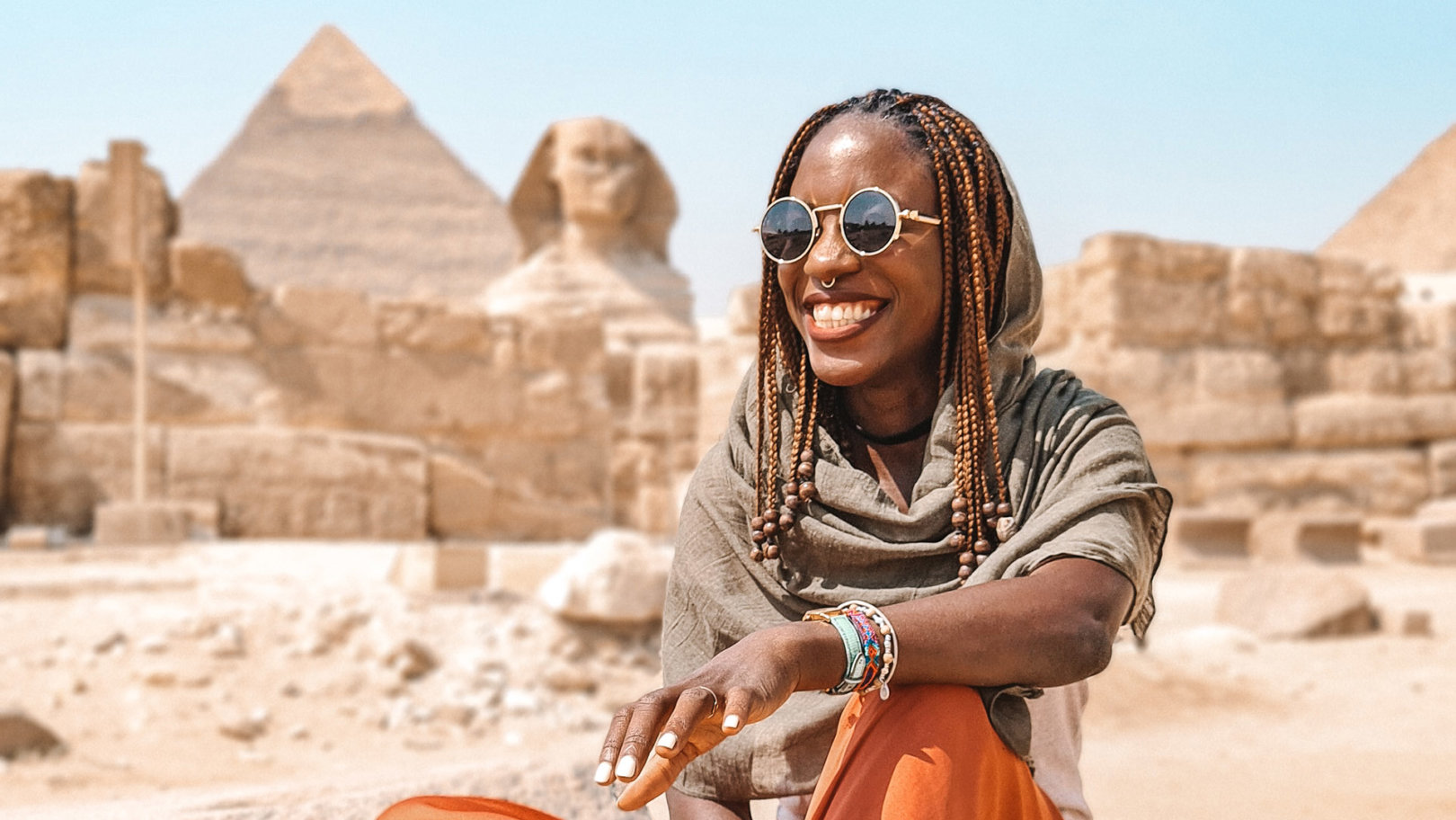
Historically, walking had something of a staid reputation
Fast forward to today, however, and things are changing. The younger generation are striding ahead in their own way and walking is attracting an ever more youthful and diverse crowd to the trails.
Oli Fearn, chair of MAD Walkers hiking group told me that the number of young people taking up hiking has increased hugely in recent times. “Walking was one of the things that everybody could do in lockdown and many people ended up joining a group to explore beyond their local areas with like-minded people,” he says.
“It’s also great for mental health and gets you away from the screens and out into the fresh air – not to mention the benefits for physical fitness,” he adds.
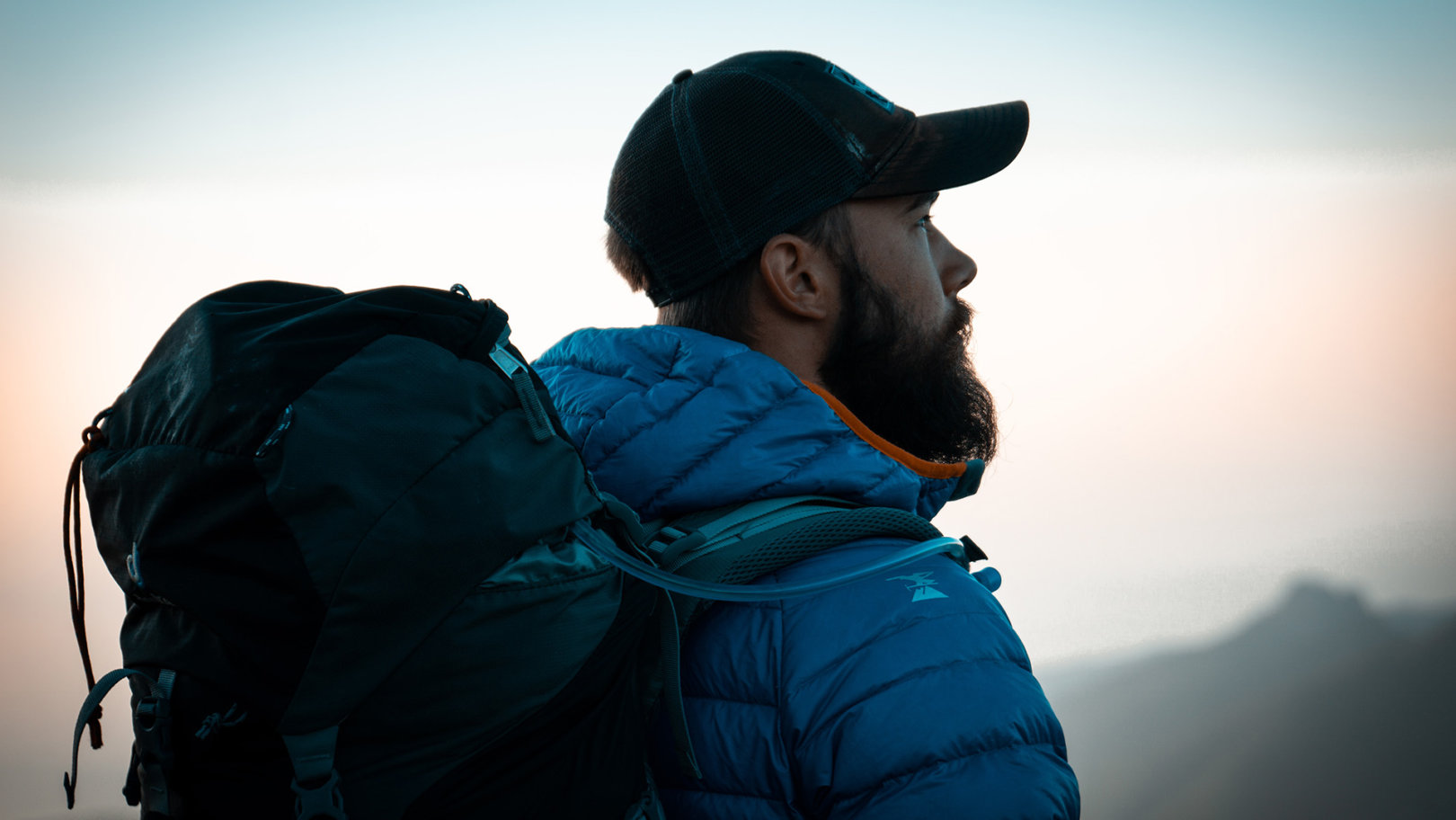
Today, the younger generation are striding ahead
A similar trend is underway across the Atlantic in America – home to the Appalachian and the Pacific Crest trails – where hiking is also undergoing an image change. “It’s shifted from the niche to the mainstream,” said Grace Smith, a writer, keen hiker and former member of the adventure-embracing Outing Club at Washington & Lee University in Virginia. “I used to associate hikers with a few very specific mountain towns: a bit hipster with a ‘granola’ vibe.”
Now, though, young professionals are taking to hiking trails in their droves, she says: “The rise of remote working has definitely contributed to this. Instead of having to be based in New York or San Francisco, younger people can move to smaller, more natural towns in which these outdoor activities are more accessible. For that reason, I think hiking will continue to get more popular among my generation.”
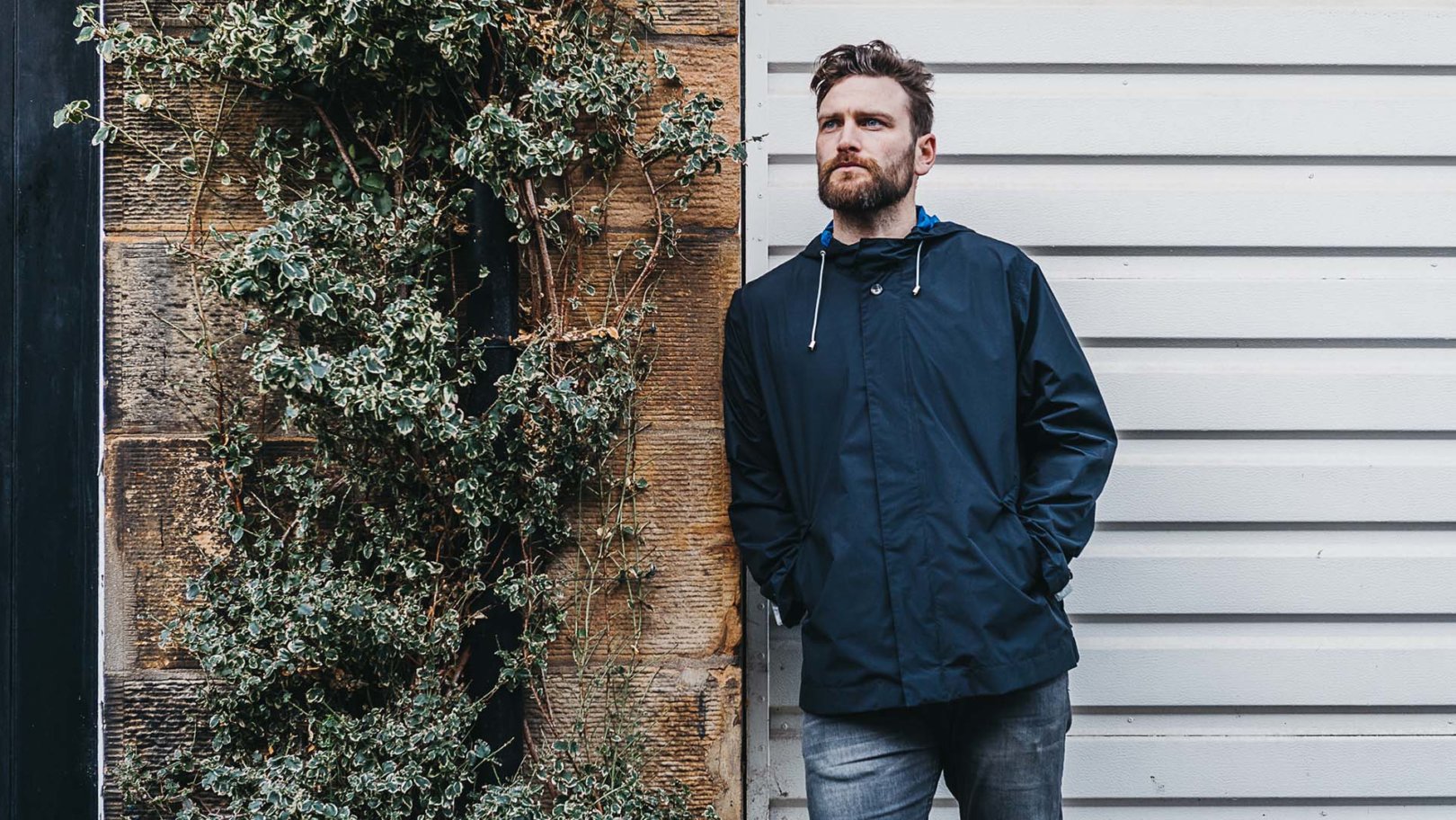
Hiking app AllTrails has seen an 225% increase in millennials
Practical concerns are not the only driver; there are other, more existential issues at play. “Statistics show that our generation is more attuned to climate change as a whole, perhaps because we know that many views and experiences our parents and grandparents had may not be there for us later,” Smith adds.
“California wildfires are a great example: every year, we see sections of the Pacific Crest Trail and southern California go up in flames. One of my most pressing life goals is to thru-hike the Pacific Crest Trail. I know that in all likelihood, the fires will get worse, so I should do it as soon as possible, so the trail isn’t destroyed by the time I get around to it.”
The data bears out this trend. According to analysts data.ai, the popular hiking app AllTrails saw a significant increase in its millennial audience between May 2019 and May 2022: 110% in the US, 255% in the UK.
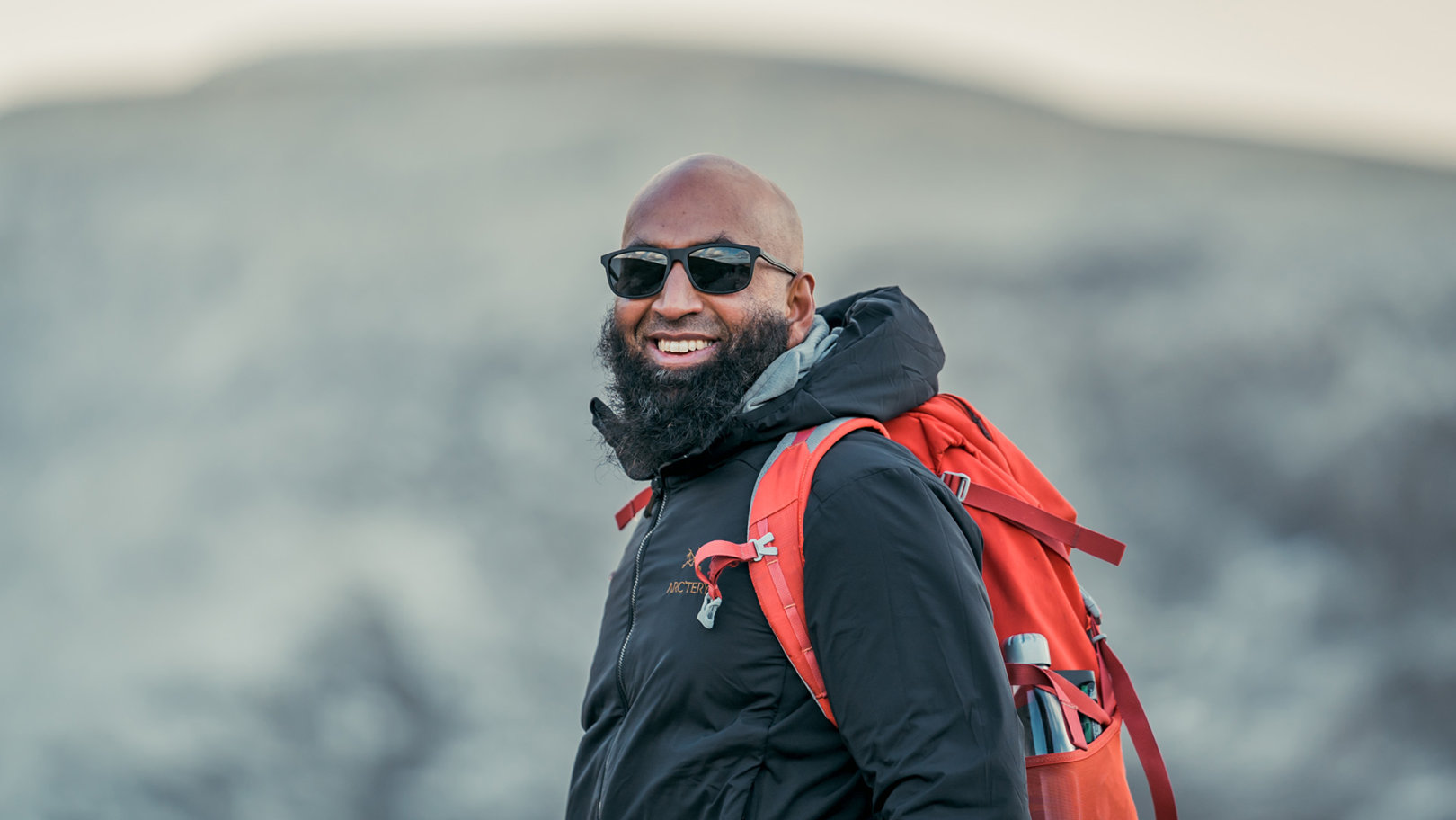
People from different backgrounds are taking to the trails
But age is not the only metric by which hiking is diversifying. A number of organisations from around the world are empowering people from different backgrounds to take to the trails, including Black Girls Hike, founded in 2019 by Rhiane Fatinikun, and Muslim Hikers, founded during lockdowns in 2020 by Haroon Mota.
“It’s quite promising seeing so many movements and grassroots initiatives like ours doing fantastic work to empower communities,” said Mota. “It’s important that we challenge stereotypes and create our own new norms. Us in the outdoors shouldn’t be strange. We all belong here.”
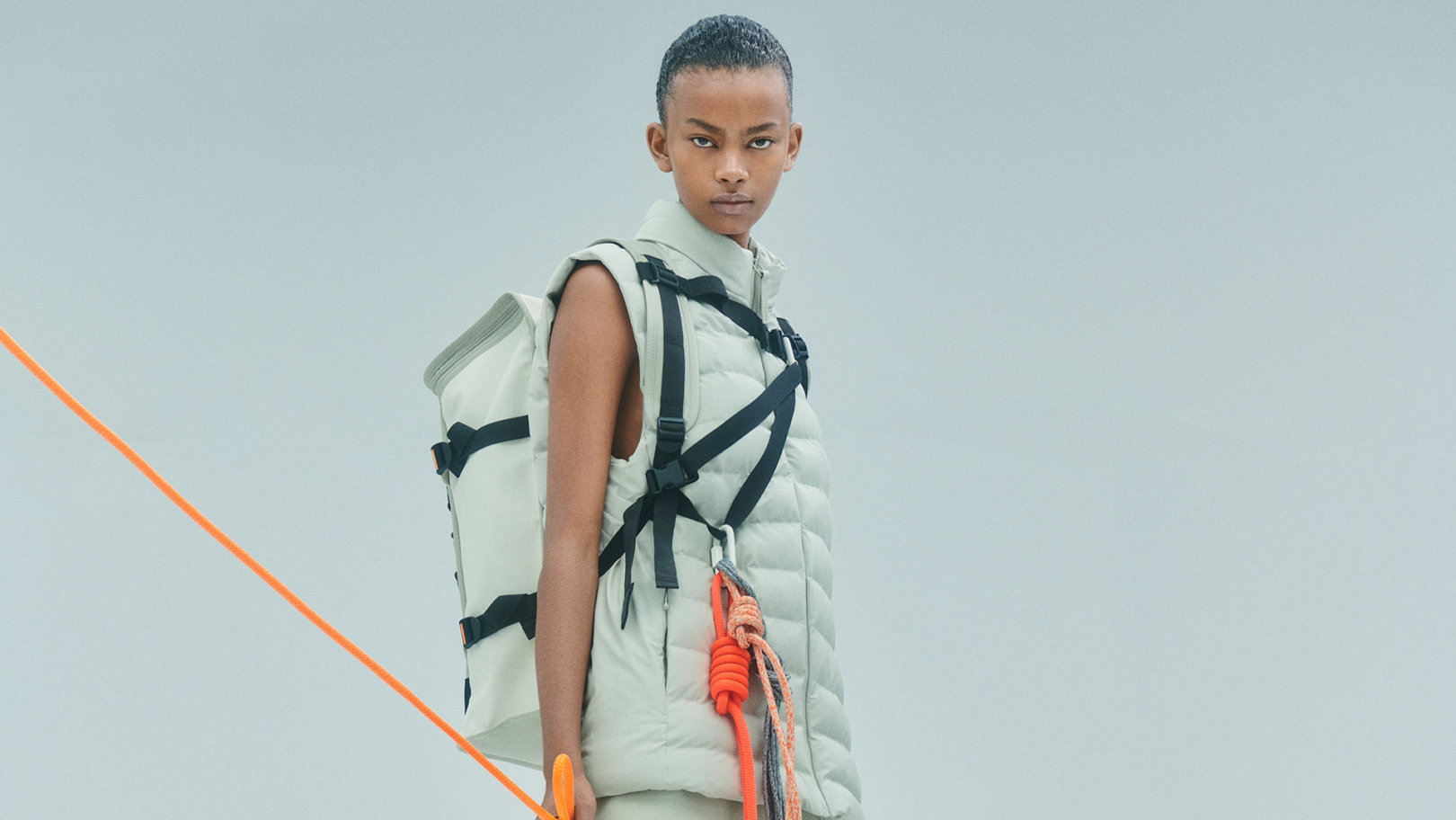
Brands such as Rains manage to make even the anorak look cool
Hiking’s newfound fashionable status is reflected in the hipster-summoning appeal of outdoor brands like Patagonia and North Face, along with newcomers including Scottish sustainable label Meander, Utah-founded Wandrd and Danish-hailing Rains, which sums up hiking’s increasingly cool image, by managing to make even the anorak look good.
Today, you’re just as likely to see all these outerwear brands on the streets of Peckham or Portland, as in the wilds of the Peak District and the Pacific Crest Trail. “Brands like North Face show off a desirable lifestyle on their social channels, which has no doubt encouraged younger people to explore the outdoors,” said Peter Watson, one half of the team at Atlas & Boots, who have garnered over 53,000 followers on Instagram and twice won the title of the UK’s best outdoor travel blog.
“What’s more, people like American rock climber Alex Honnold and Nepali hiker Nirmal Purja have featured in Netflix films and reached a new audience that way.”
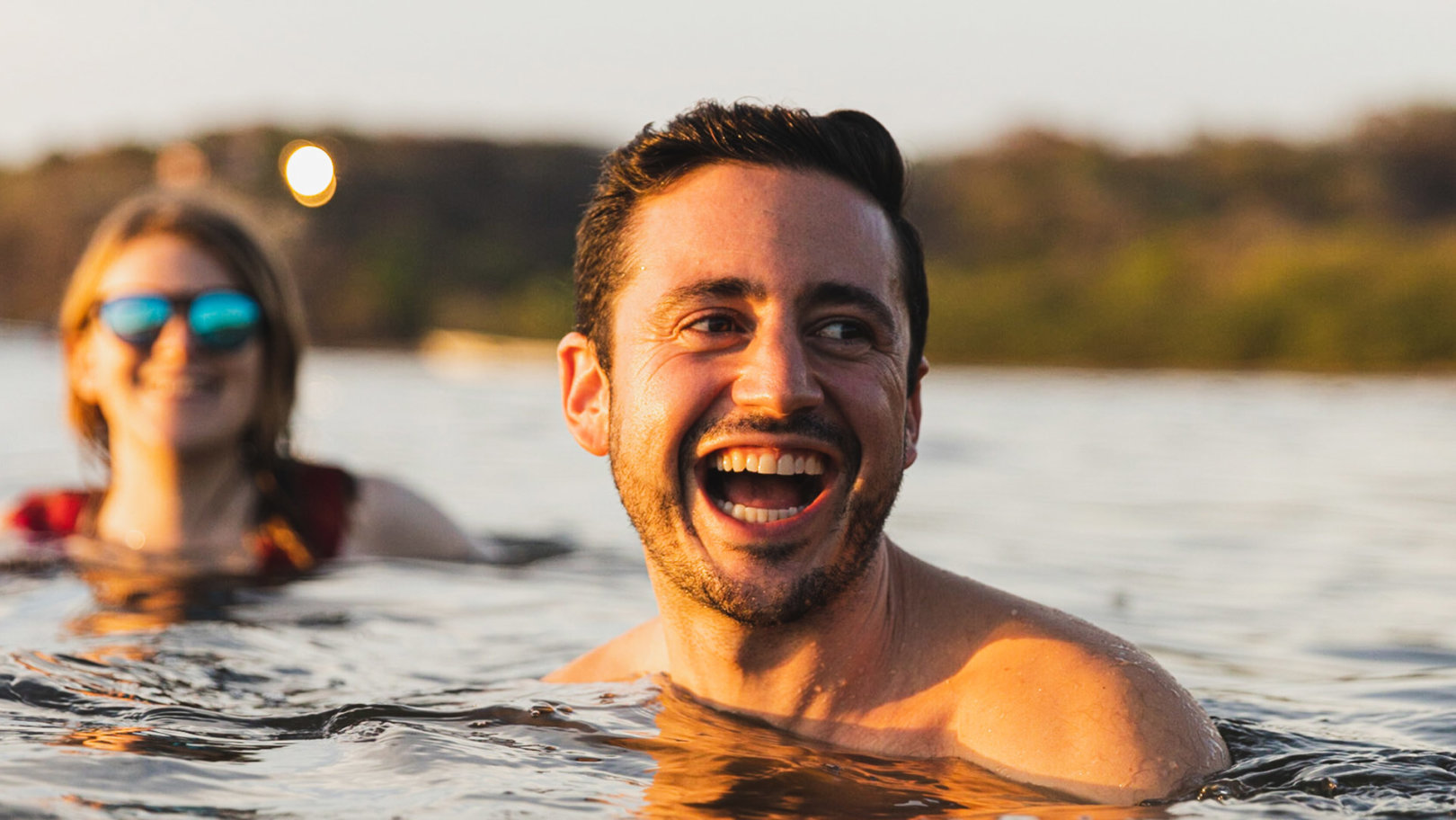
Nature writing is making hiking feel more inclusive
Nature writing, too, is having a serious moment, with the books of Robert Macfarlane and Cal Flyn earning rave reviews for their haunting and poetic prose on the living landscape. Prominent journalist and assistant editor of The Spectator, Isabel Hardman, has also been waving the flag among the younger generation with her book, The Natural Health Service, which outlines her personal experience of the restorative power of nature, through activities like cold-water swimming and searching for wild orchids.
“The popularity of hiking is growing among those who wouldn’t previously have headed for the hills,” says writer Jini Reddy, whose book, Wanderland, explores the restorative power of getting out in the countryside. “Narratives about journeys on foot help hiking feel more inclusive, imaginative and original.”
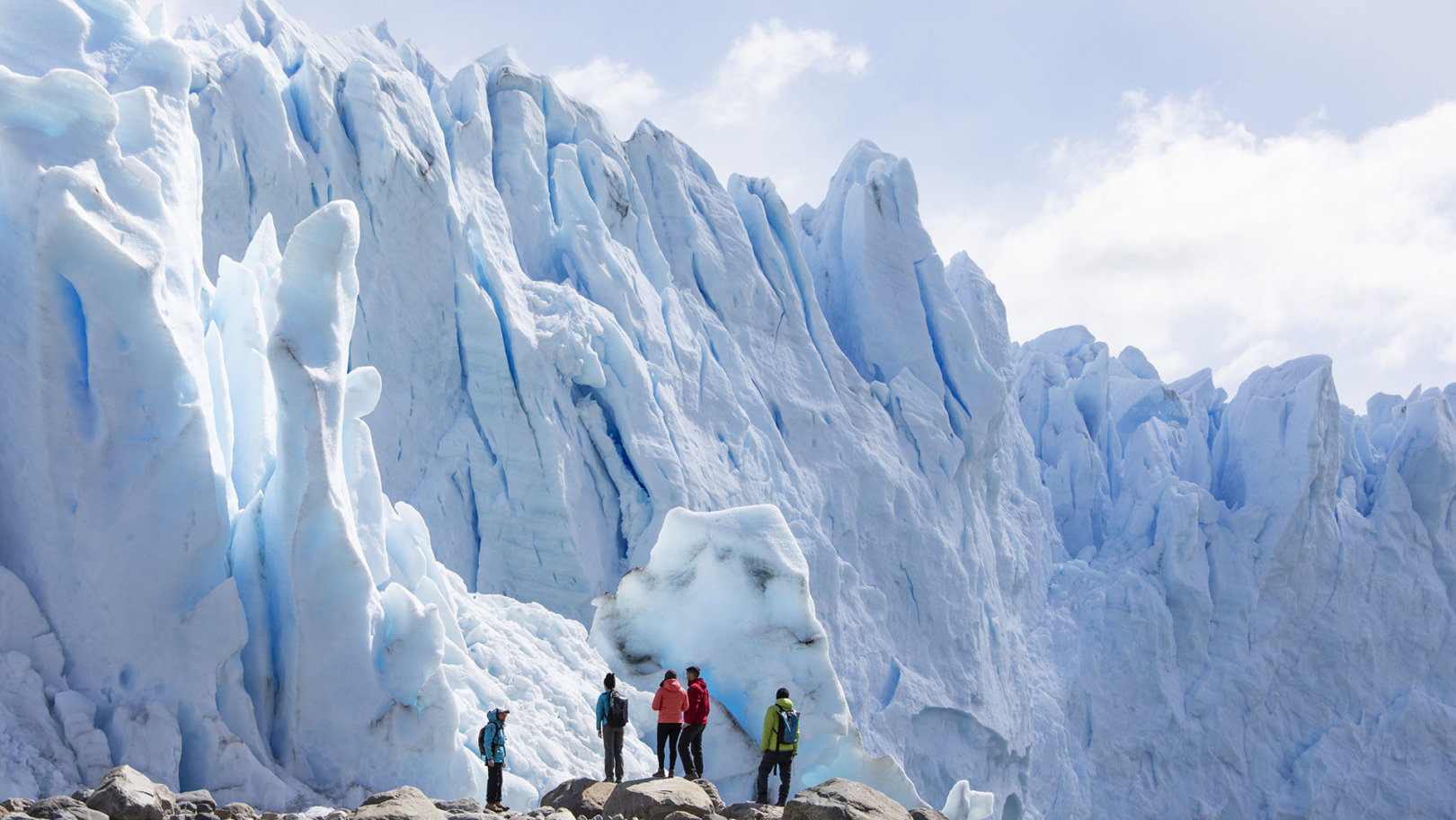
Social media positions the outdoors lifestyle as a desirable one
Another major driver is social media. Searching on Instagram for the hashtag #hiking returns no fewer than 74.7 million posts, many of which celebrate beautiful natural landscapes and wholesome, analogue achievement.
Many hiking-themed social media accounts encourage responsible outdoor immersion, like the entertaining Haze Outdoors, or empowering people from diverse backgrounds to get involved, like Indigenous Women Hike.
“The role of social media is significant,” says Watson. “It provides inspiration in terms of picturesque views, positions the outdoors lifestyle as a desirable one and showcases a broader range of diverse role models. Traditional media has long been ‘white and wealthy’. Social media is far more accessible and diverse.”
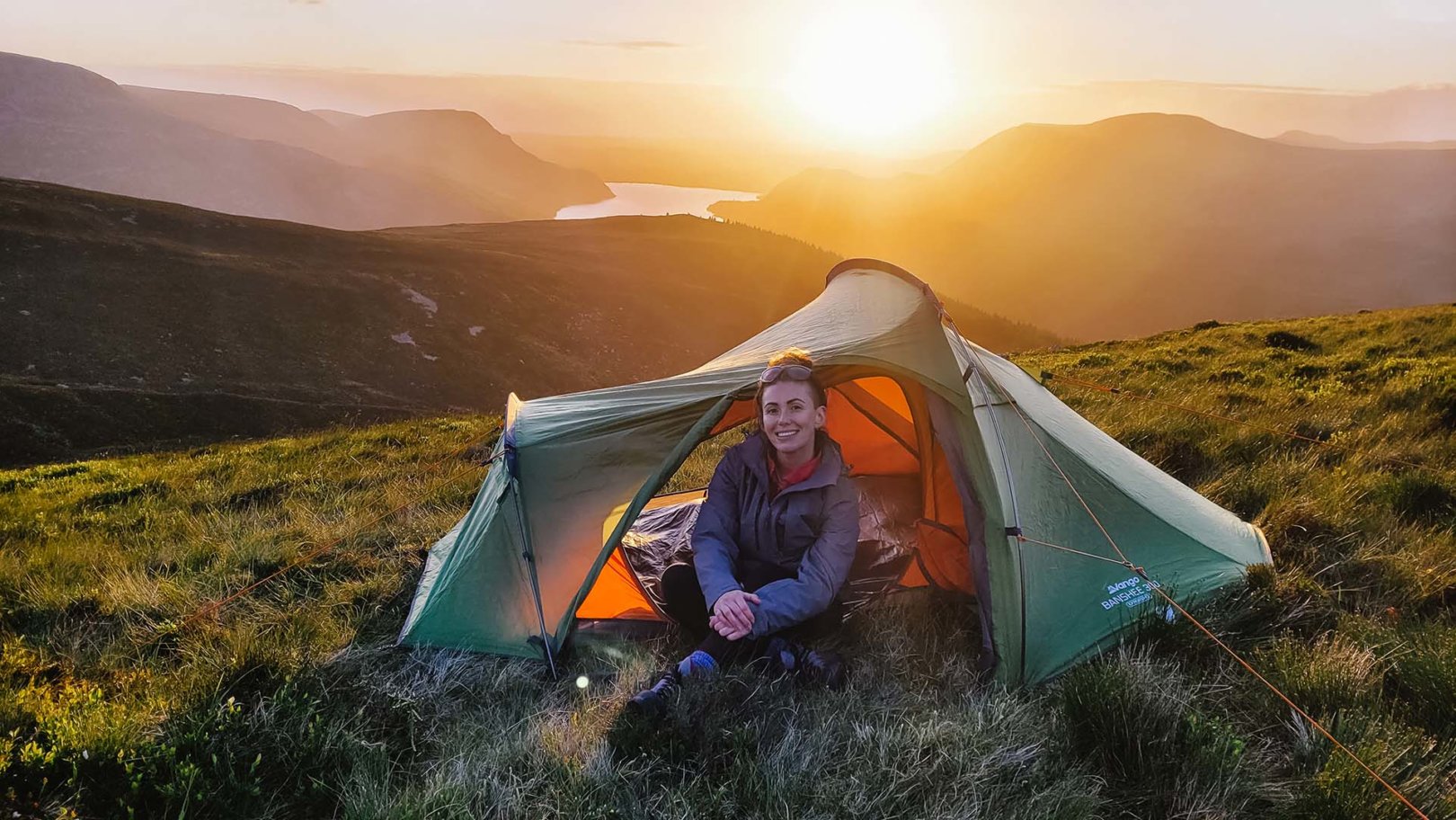
Younger women are getting involved. The outdoors is for everyone
Nikki Bell is the founder of Wild Camp Women, a volunteer organisation aimed at helping women and non-binary people get into the outdoors. “Women have been hiking for years, but it feels like more younger women are getting involved now,” she says. “Social media is amazing for finding places, advice and communities to boost your outdoor skills and confidence.”
In the end, things that generate greater interest in being outdoors can only be positive – and even the bigger crowds they generate aren’t necessarily cause for concern. “Big groups on the trails are no bad thing as long as you are considerate of your fellow walkers, which most people are,” says Fearn. “You do get some people not respecting the countryside – with a barbecue or a full-on rave at a normally quiet beauty spot – but things like that are few and far between. The outdoors is for everyone.”
Daniel Stables is a writer and keen hiker. Find out more about Flash Pack adventures right here.
Got a story or adventure that could inspire a solo traveller like you? Tag @flashpack on social or email [email protected] to be featured.

